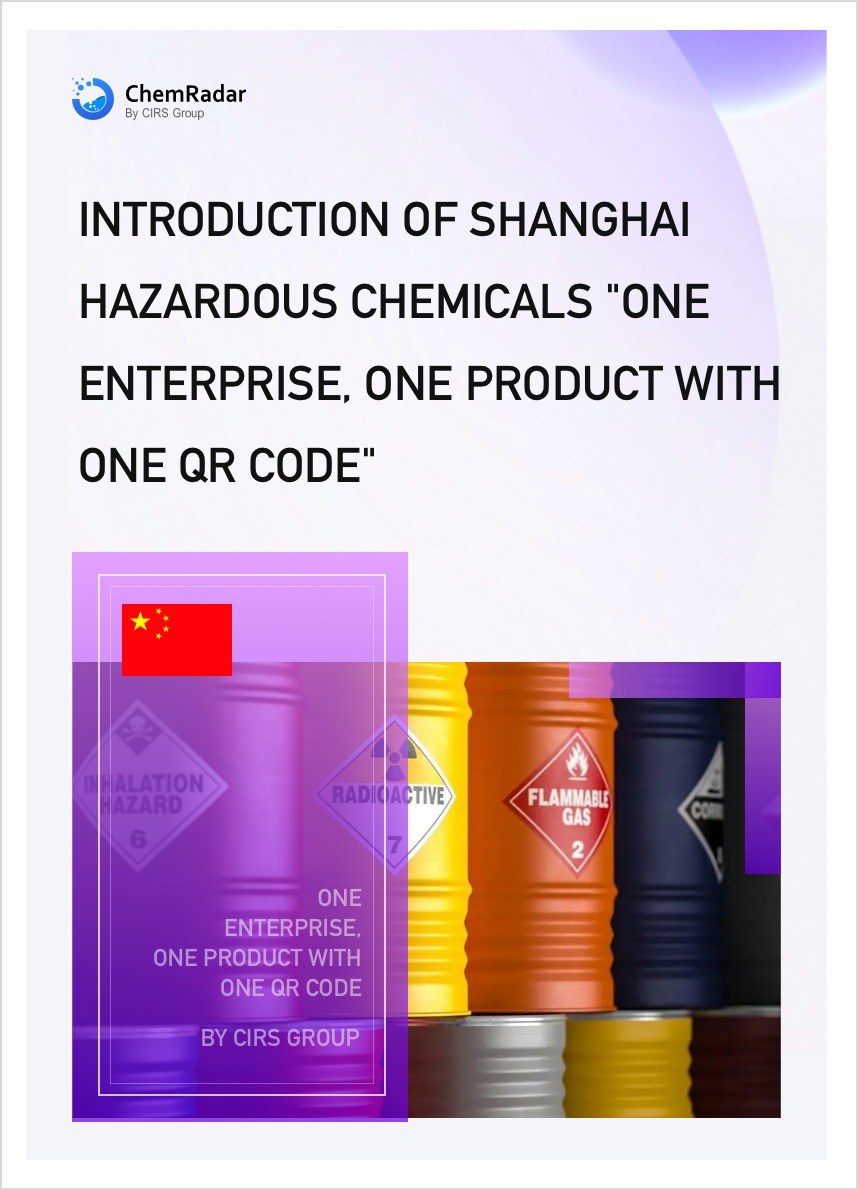On June 29, 2024, the State Administration for Market Regulation (Standardization Administration of the People's Republic of China) issued the "Announcement on the Approval and Release of 109 National Standards and 4 National Standard Amendments" (National Standard Announcement [2024] No. 14), hereinafter referred to as the "Announcement". The content of the Announcement includes: No.1 amendment to GB/T 26572-2011 "Requirements of Concentration Limits for Certain Restricted Substances in Electrical and Electronic Products", which is a supporting measure for China RoHS. The amendment includes the addition of restrictions on phthalate substances. This amendment will officially come into effect on January 1, 2026.

Control Requirements for Phthalate Substances
| Controlled Substance |
Concentration Limit (by weight) |
| Dibutyl phthalate (DBP) | ≤0.1% |
| Diisobutyl phthalate (DIBP) | ≤0.1% |
| Butyl benzyl phthalate (BBP) | ≤0.1% |
| Bis(2-ethylhexyl) phthalate (DEHP) | ≤0.1% |
Under China RoHS, in addition to controlling phthalate substances, the latest concentration limits for other controlled substances are:
| Controlled Substance | Concentration Limit (by weight) |
| Lead (Pb) | ≤0.1% |
| Mercury (Hg) | ≤0.1% |
| Hexavalent Chromium [Cr(VI)] | ≤0.1% |
| Polybrominated biphenyls (PBB) | ≤0.1% |
| Polybrominated diphenyl ethers (PBDE) | ≤0.1% |
| Cadmium (Cd) |
≤0.01% |
Revisions and Other Amendments
- Chapter 1, Scope of Application, of GB/T 26572-2011 "Requirements of Concentration Limits for Certain Restricted Substances in Electrical and Electronic Products."
- Normative application documents and modifications within the text, including references to testing methods.
The specific details can be viewed for free through the ChemRadar Lawinfo database at:
https://www.chemradar.com/tools/rsdb/detail/dqlkbnuk1iio
Solution
The addition of four new types of phthalates means that China RoHS will fully align with international standards. Going forward, both domestic and export electronics and raw materials will need to comply with the requirements for ten restricted substances. It is recommended that relevant companies prepare appropriate testing plans in response.





